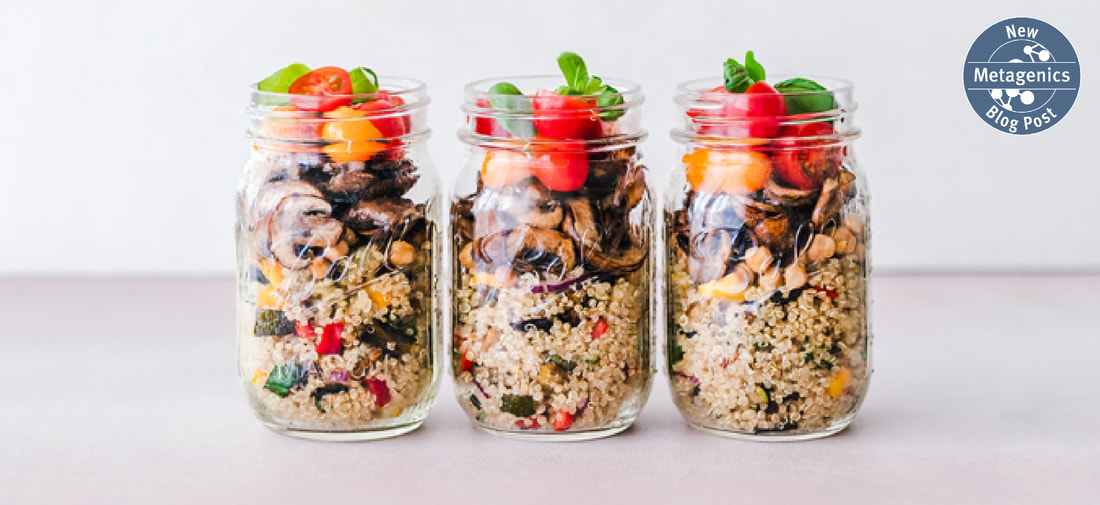|
Heavy metals, pesticides, and xenoestrogens
The industrial, chemical, and technological revolutions benefited us in many ways but have also led to a highly toxic world. If we could take a look inside the food and supplements that we put into our bodies, we would expect them to not contain heavy metals and pesticides. However, this simply is not realistic given our modern environment, where we are regularly exposed to toxins through water, food, air, personal care products, and other elements such as:
While this information may come as a surprise, we are not incapable of protecting ourselves from exposure to toxins. Here are four critical ways that we can protect ourselves: 1. Be aware of safety guidelines Action begins with awareness that we need to protect ourselves from daily exposure to toxins. Regulatory agencies such as the Food and Drug Administration (FDA) and Environmental Protection Agency (EPA) publish information and set forth safety guidelines for heavy metal intake and other manageable exposures.5,6 Being aware of these safety guidelines is a great first step toward living a cleaner lifestyle. 2. Detox your home We think our homes are safe, but they are actually where we can be exposed to heavy metals and xenoestrogens—compounds that imitate the hormone estrogen. Xenoestrogens include brominated flame retardants (BFRs) commonly found in mattresses, carpet, electronics, and more. Older homes can also harbor lead paint. Aluminum has been found in pots, pans, and various personal care products. Even scented candles and air fresheners can contain xenoestrogens and other harmful compounds.7 Plastic containers are another place where xenoestrogens lurk. While convenient, plastic containers such as water bottles and bags include chemicals that mimic estrogen in the body. Two of these chemicals, bisphenol-A (BPA) and bisphenol-S (BPS), are especially detrimental in extreme temperatures, as high heat can cause both to break down and leach into foods and liquids.8 Use glass or stainless-steel containers instead of plastic to reduce exposure. 3. Shop smart One of the easiest ways to reduce toxin exposure is by shopping smarter at the grocery store. Look for organic varieties of produce listed on the Environmental Working Group “Dirty Dozen” list, as these items have been associated with high pesticide residue levels.9 For shoppers on a budget, produce listed on the “Clean 15” are identified as non-organic produce with the lowest pesticide levels.9 For animal products, select organic meats whenever possible and pick wild-caught seafood over farm-raised. Not all fish are created equal, and in the deep blue sea, smaller is better as they are gobbled up by larger fish, thereby beginning the cycle of contaminants compounding and building in potency until they reach your plate. Because large fish such as tuna and swordfish are higher on the food chain, they usually harbor greater concentrations of toxins and contaminants being dumped into oceans and lakes than their food source (e.g., smaller fish). 4. Drink filtered water. The tap water in your area could be harboring heavy metals, pesticide runoff, and environmental estrogens like fluoride, chlorine, and other chemicals. In a 2008 study across nine states, the US Geological Survey found municipal water to contain 85 man made chemicals.10 However, adequate water is important for so many bodily processes—including detoxification—so purchase a quality water filter to stay hydrated while keeping toxins at bay. References:
Submitted by the Metagenics Marketing Team
0 Comments
Leave a Reply. |
Categories
All
Archives
April 2024
|
|
Join Our Community
|
|
Amipro Disclaimer:
Certain persons, considered experts, may disagree with one or more of the foregoing statements, but the same are deemed, nevertheless, to be based on sound and reliable authority. No such statements shall be construed as a claim or representation as to Metagenics products, that they are offered for the diagnosis, cure, mitigation, treatment or prevention of any disease. |



 RSS Feed
RSS Feed